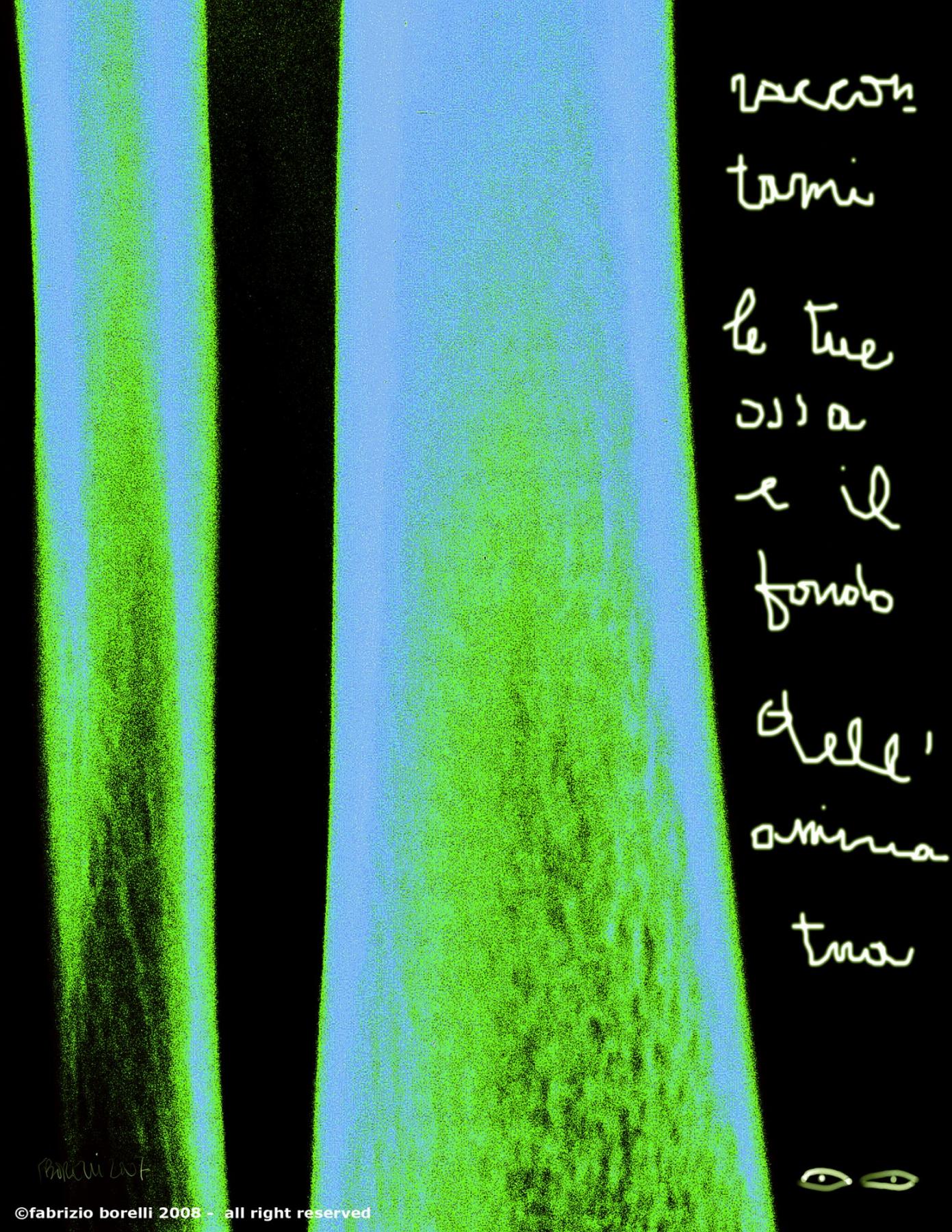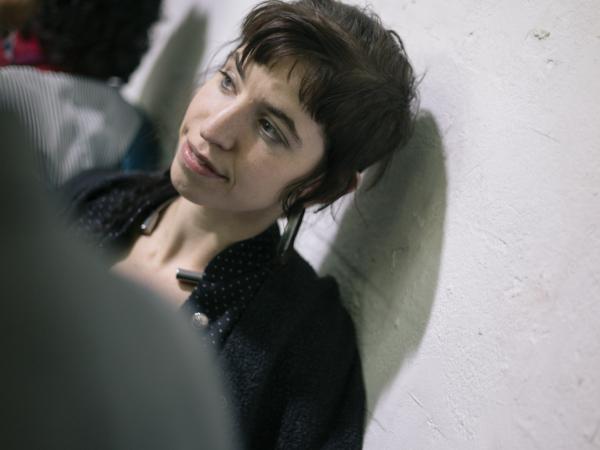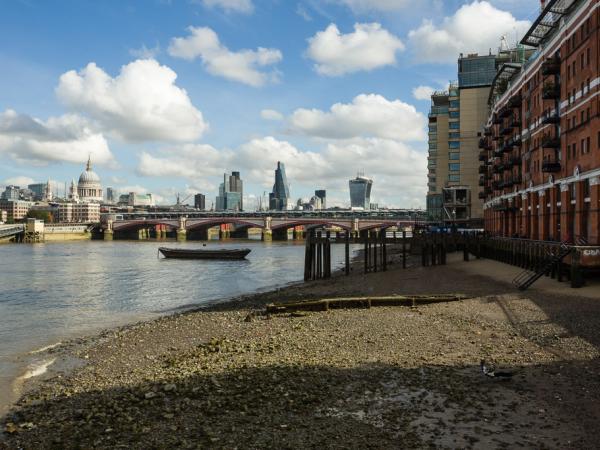Something in this chromatic dynamism—matching to the gestures of the sign, to certain iconography—retaken from compulsive spontaneity from the Street Art, mindful of the road of the avant-gardes to the language of cartoons and videogames. There, however, the colour spray bottles launches to the world his message of revenge on urban and social pallor, screaming in protest it is also the contribution of the uniqueness of his creative act.
Instead, in Borelli’s work the aggressiveness leaves place to sublimation. Colour is the connecting element of suspended fragments between reality and imagination.
Colour sometimes exasperates and saturates – admittedly unnatural – that which characterizes «tracks&chips» converses with the signs. The arrow, first of all, but also the spider and the small spider, the scribbles and the two schematic eyes that refer to the icon of Fantomas. For the artist these “eyes” are his signature, a sort of alter ego, that enters in his own work in search of essence. The author is also the observer of the artist being.
Then there is the word associated with images, sometimes accompanied by the rhythm of signs. Words, phrases, poems. Parts of an intimate diary of the universality of the content. The graphics, that diffuse it is strangely uncertain, shaking, almost leaving leaking out a state of soul free from conditioning.
All starts from photography and brings back to photography.
It is at this point, that the author starts in the 1970’s. The middle- years are years of reflection and contamination.
It is interesting to focus on the debut of Borelli, that translates in his great love for the dark room. A twenty-year-old using the zoom with confidence, studies the magic of the story of the painting with light, printing for himself and for other photographers, such as Tano D’Amico and Sandro Becchetti. Life lessons rich of technical notions bring the author to impassion himself in the stories without a trace, like when one focuses on specific times, that show a restless and tormented sight. It is like this in Uomini e recinti (Men and fences), a work about the problems in the psychiatric hospitals in Rome – one of the few works, that survived due to the accidental loss of his photographical archives – that the author modulates with all of his expressive power in black and white. There will be a documentary followed by this on the Days of Solidarity in Arezzo.
The next phase, in the 1980’s marks his passage to colour and experimentations. The photographer mounts and dismounts architecture, internal, advertising photos that (often reoccurring with the complicity of the airbrush or of the double exhibition in his “Virtual Collage” ante litteram. Mindscapes are passages of the mind crossing the unprepared and vaguely surreal atmosphere in which the subject is always real and replaced in the shot passing through the lens of the optical bank.
The third phase– the present – started in 2007, with a twenty year jump from the beginning. A long period in which images in movement have taken the place of still ones.
Every experience creates individual texture. Fabrizio Borelli is aware that in his professional way – from cinematographer to director – he has worked next to masters such as Olmi, Comencini, Tarkovskij, Scola… Also when one is less engaged in cinema, just before going on to television, the experience is however relevant for that of his nature of popular storytelling, of filmed theatre.
Remainders of reality, surfacing emotions, free associations merging today, in a key decisively more introspective in his work. The computer is a medium where one collects the rough material: images captured from cell phone’s camera and from the internet or reproduced with the scanner.
In this search of fragmentation the digital elaboration, however, is supported by technical tradition. The final work also includes various procedures printed on emulsified paper.
In the composition there enters also another element. Moving from the original medical-scientific field, the radiography and the CAT scan – instruments fundamental of diagnostics – find in this dispute a new symbolic and artistic location.
It’s not only a stylistic taste, the visual contamination opens to a deeper meaning. Meanwhile the inside of an individual – that escapes from the human eye – leaves one to discover and unveil from the rays. The design traced meticulously from the X-rays and from the CAT scans finds in Borelli’s works a linguistic autonomous code, that borrows itself from the free interpretation to those looking at it.
Sculls are not just sculls, tibia’s are non anymore just tibia’s…A bit like the coloured stains of the tables of Rorschach these images assume different forms, dictated from the personality of some observer. Psychology and visual perceptions, from the rest, are narrowly connected, as it teaches us the Gestalt.
And the more it surfaces out, the more the soul cheers up.
Manuela De Leonardis
catalogo Gangemi Editore







Comments 0
Say something